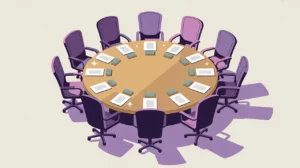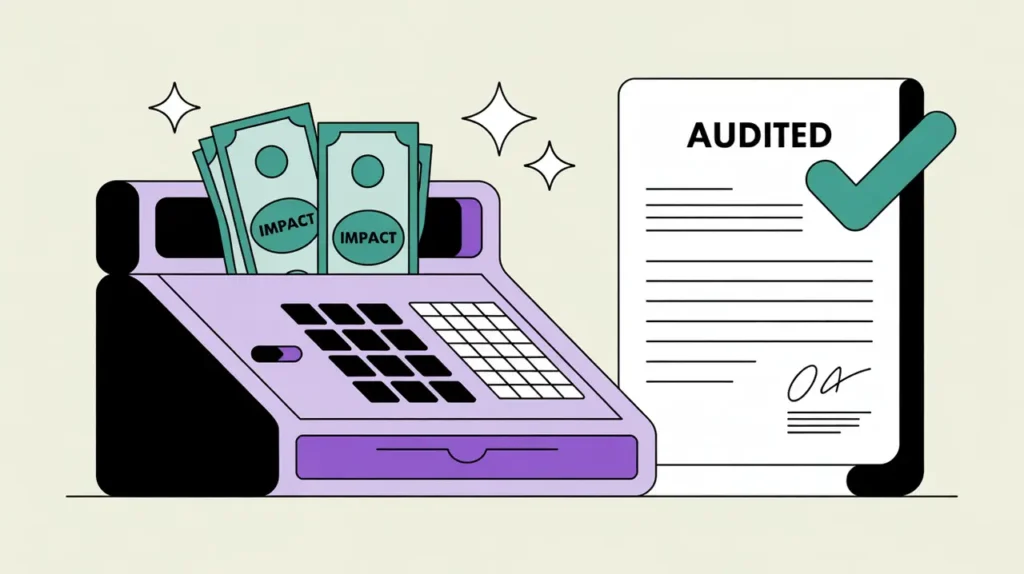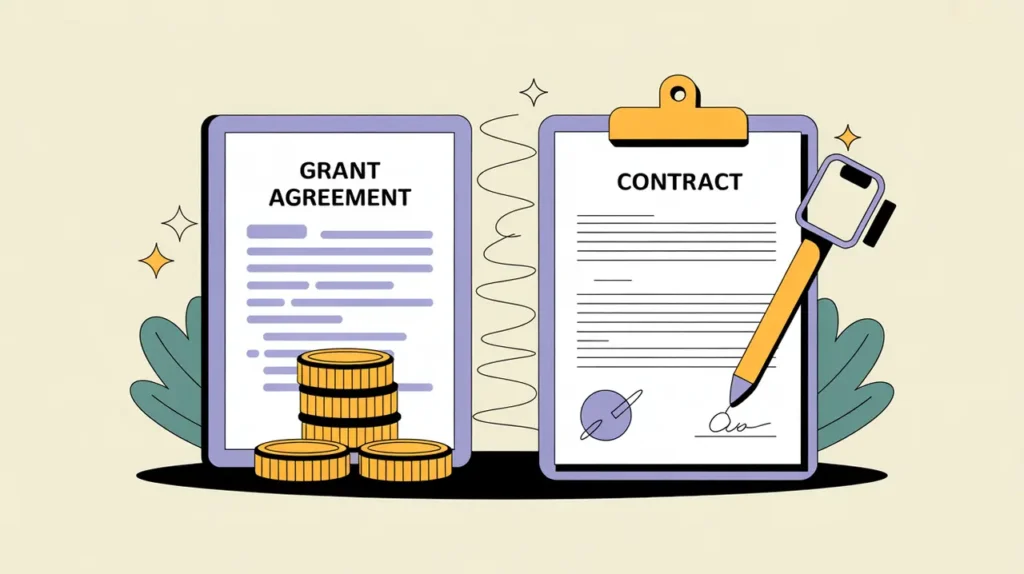What Does Compliance & Risk Management Involve?
Compliance and risk management safeguard nonprofits by ensuring they operate within legal, ethical, and regulatory boundaries while anticipating and mitigating potential threats. Compliance ensures that policies, reporting, and practices align with laws, donor requirements, and industry standards. Risk management identifies vulnerabilities that could affect finances, reputation, operations, or programs and develops strategies to address them. Together, they protect credibility and ensure mission continuity.
In practice, compliance involves maintaining up-to-date policies, filing regulatory documents, adhering to labor and tax laws, and following donor requirements. Risk management includes assessing threats, scoring their likelihood and impact, and building mitigation plans. This competency requires close coordination between leadership, boards, finance, HR, and program teams to ensure vigilance across the organization.
Without strong compliance and risk management, nonprofits face penalties, reputational crises, and operational disruptions. When implemented effectively, these systems not only reduce exposure but also build funder and public trust.
What Competencies are Associated with this Role?
Compliance and risk management require structure, analysis, and foresight. Competencies include:
- Monitoring and interpreting relevant laws, regulations, and donor policies
- Maintaining compliance calendars and filing systems
- Conducting internal audits and policy reviews
- Performing risk assessments across financial, operational, and reputational dimensions
- Designing mitigation strategies and contingency plans
- Training staff on compliance standards and risk protocols
- Ensuring data protection and safeguarding practices
- Documenting policies and reporting to boards and funders
- Establishing incident reporting and escalation processes
- Reviewing and updating frameworks regularly
How Might AI and Automation Help this Role?
AI and automation can increase vigilance and improve efficiency. Opportunities include:
- Automated compliance calendars with alerts and reminders
- AI-powered scanning of regulations and donor requirements for updates
- Machine learning to detect unusual patterns in financial or program data
- Automated risk scoring dashboards
- Generative AI to draft compliance reports and policy updates
- Predictive analytics to model risk scenarios and likelihoods
- Natural language tools for quick policy translation and localization
- AI-assisted audit preparation and documentation reviews
What are the Roles by Experience Level?
Roles span from compliance support to executive oversight:
- Entry: Compliance Assistant, Risk Clerk – maintain records, track deadlines, support audits
- Mid: Compliance Officer, Risk Analyst – monitor regulations, conduct risk assessments, draft reports
- Senior: Compliance Manager, Risk Lead – oversee frameworks, train staff, liaise with leadership and auditors
- Executive: Director of Compliance & Risk, Chief Risk Officer – set strategy, manage institutional risk, represent the organization on compliance matters
How Transferable are the Skills from this Role?
Compliance and risk management skills transfer across nonprofits, corporate governance, and public administration. Within nonprofits, they prepare staff for leadership roles in operations, finance, or governance. Beyond nonprofits, they align with careers in auditing, corporate risk, regulatory affairs, and consulting. The ability to interpret rules, anticipate threats, and protect organizational integrity is valued in every sector.







